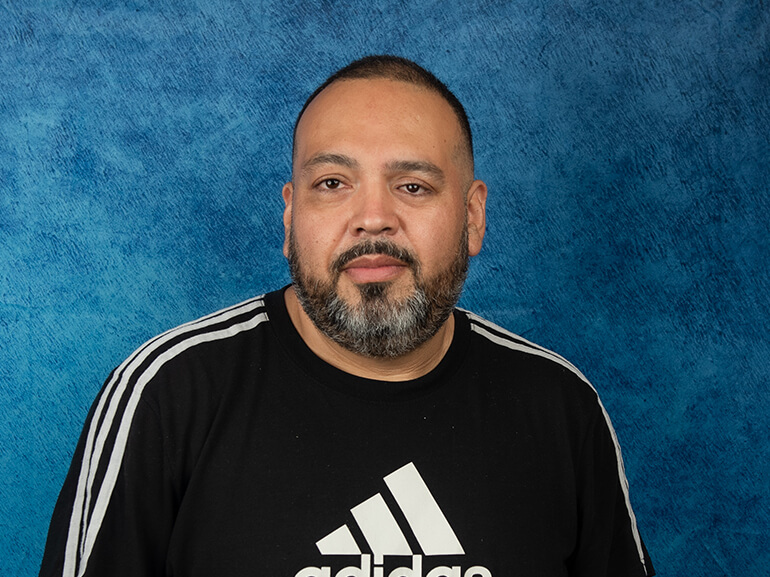Jesus's Story

Stroke | neurologic
Jesus Garcia is a serious cyclist, often covering more than 60 miles in a day. The 46-year-old husband and father of four knows what it takes to push through the pain to reach his goals. But he never imagined how important that mental toughness would be when it came to his health.
One morning, Jesus woke up unable to move his left arm and leg. Alarmed, his wife Ana rushed him to the emergency room at Texas Health Harris Methodist where doctors ran a series of tests that confirmed their worst fears. Jesus had a stroke.
“Suddenly, everything changed. I’m left-handed and the stroke affected my left side, so I couldn’t eat, couldn’t shower, get dressed or write. I had to depend on somebody to help with all of those things. I couldn’t seem to process information and couldn’t even remember my birthday or my age,” Jesus recalls.
Once stabilized, Jesus was transferred to inpatient rehabilitation where he spent ten days working on improving his cognitive and his activities of daily living (ADLs) skills. He was ready to go home, but far from where he wanted to be in terms of his goals. Like his long bike rides, Jesus knew recovery was a marathon, not a sprint, and he and his family began looking for the right place for him to continue his rehab. They chose the Day Neuro Program at Baylor Scott & White Institute for Rehabilitation (BSWIR) – Fort Worth.
Upon admission to this specialized program, Jesus needed a wheelchair to get around and still had significant difficulties performing daily activities. “I just wanted to be able to walk, drive and maybe even ride my bike again someday,” said Jesus. “I didn’t want to have to depend on anybody for anything.”
Jesus did, however, rely on the neuro-rehabilitation specialists at BSWIR – Fort Worth to restore his strength and abilities. Through intensive physical therapy and gait training sessions, Jesus began using a walker and, by the end of the month, was walking with minimal assistance. In occupational therapy, Jesus soon mastered ADLs, strengthening his affected arm and learning to use his non-dominant hand. By the time of discharge, he was able to manage all personal care tasks on his own.
Jesus was most impressed with how the Day Neuro team incorporated his interests into his treatment. When they found out he liked Starbucks, they turned a coffee run into a real-world community reintegration experience and a physical therapy session. Jesus would actually jog to the coffee shop and back! When Jesus mentioned that as a teenager he taught line dancing, his therapist had him teach the moves to a group of fellow patients as part of a multi-faceted therapy session. They also suggested he bring his bike with him on certain days and, with their support and skills training, Jesus soon began riding again.
“A lot of creativity goes into their plan to help you reach your goals. To them, the sky is the limit with what treatment options they come up with for you – and what they believe you can achieve,” said Jesus. “To them and to me, quitting is not an option.”